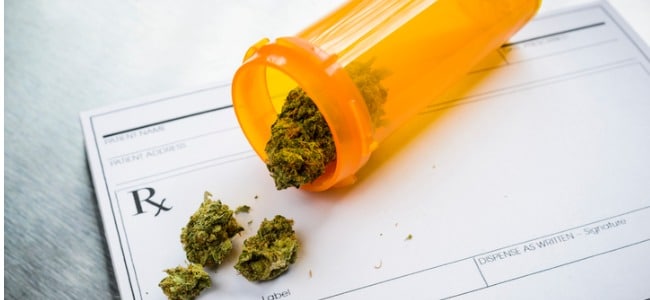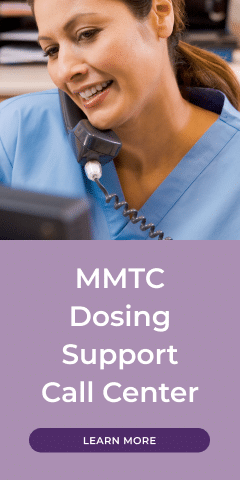Medical marijuana in Florida is a game changer for countless patients with qualifying conditions. However, to achieve the most benefits and least adverse effects of cannabis, patients must have the correct dose. Cannabis is a unique drug that doesn’t have a defined dose for any medical condition, making it difficult for patients quickly to find their perfect dose. This guide might help you understand your optimal medical cannabis dose.
Understanding Cannabis’s Unique Characteristics
Cannabis has a multiphasic dose-response relationship
Cannabis has a unique dose-response relationship compared to other medications. In most medications, a higher dose results in a stronger therapeutic effect and often a higher likelihood of adverse effects. This dose-response relationship is referred to as a monophasic dose-relationship.
For cannabis, the dose-response relationship is not linear like the monophasic dose-relationship. Cannabis exhibits a multiphasic dose-response relationship, which means that consuming more of it won’t linearly increase the positive response after a certain point. In fact, increasing the dosage of cannabis can result in weaker therapeutic effects and an increase in unwanted effects. When it comes to finding the ideal cannabis dosage, it will require a starting point and slowly adjusting along the way until you find your ‘sweet spot’.
Therapeutic window
The term ‘therapeutic window’ describes the range of doses that produces a therapeutic response without causing any significant adverse effects in patients. Patients who have little or no experience using cannabis often have a narrow therapeutic window. Patients who are regular users tend to develop a wider therapeutic window and have built tolerance over time to the various effects of cannabis.
Bidirectional effects
Another unique characteristic of cannabis is its ability to cause equal or opposite reactions in some people. For example, just the right dose of the correct strain can help reduce stress and anxiety in a patient. However, too much, too little or the wrong combination of cannabinoids can do the opposite to the same patient.
For patients who experience anxiety, cannabis may help reduce their symptoms and help them relax. Non-anxious patients may take the same strain and dose, only to find themselves developing anxiety. This is another common bidirectional effect that occurs in patients who utilize cannabis.
Ultra-low dosing
Growing research has suggested that a little marijuana goes a long way. Ultra-low dosing can minimize the risk of long-term problems and the risk of adverse reactions. Ultra-low dosing offers a range of different benefits that users will experience, including:
- Avoiding the high
- Different effect
- Preciseness
- Tolerance building
The most common rule of thumb when it comes to cannabis dosing is to “start low, go slow.” This means start as low as you can and slowly increase the dose. This method will help you determine your optimal dose and the lowest effective dose. Doing so may also reduce any unpleasant reactions you may experience with a specific dose.
Contact us
At MMTCFL, we can determine if you are eligible for medical marijuana and help you get your medical marijuana registration card. Get started with medical marijuana today by taking our online eligibility survey.




